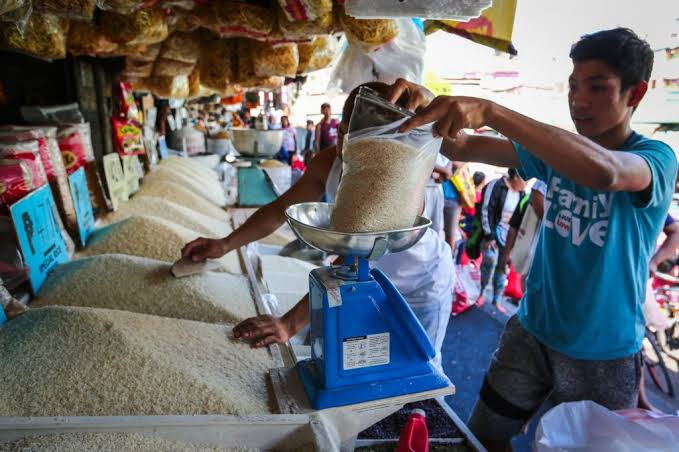P20-per-kilo rice what now?
Though officials of the administration of President Ferdinand “Bongbong” Marcos, Jr. boast of an easing inflation in January 2024, it could not dismiss the sore impact of rice inflation soaring to 22.6 percent last January from 19.6 percent the month prior.
National Statistician and Philippine Statistics Authority head Claire Dennis Mapa said the rate of increase in the price of rice last month was highest in 14 years, when rice inflation increased to 19.6 percent from 15.8% in November, making it the fastest rice inflation since March 2009 (which was at 22.9 percent), said a report from the Daily Tribune.
Still, the statistics head has an easy excuse: world market prices for the staple are high, he noted.
Mapa added that the PSA tracked the movements in average prices of three sub-rice groups: regular-milled, well-milled, and special rice.
Still at P50-per-kilo threshold
The average price of regular-milled rice last month was P49.65 (compared to its price in December of P48.48 per kilogram (up by 2.4 percent within a month) and P39.65 more per kg more than in January 2023), or up by 24.3 percent.
Well milled rice sold for P54.91 per kg in January, up from P43.92 in the same month of 2023, or an increase of 25 percent year on year.
For well-milled rice, the PSA official said it was registered at P54.91 per kilo last month, higher compared to P43.92 per kilo in the same month last year, recording a 25 percent year-on-year and for December, the average cost of well-milled was P53.82, up by two percent month on month.
The average price of special rice in January was P63.90 per kilo, up from P53.76 in January 2023 or an increase of 18.9 percent year on year and from P63.8 per kg in December 2023 or by 1.3 percent more.
Mapa said the Department of Agriculture (DA) foresees higher global rice prices in the coming months because of fear of the impact of El Nino on rice supplies and a continuing geopolitical uncertainty.
“Our expectation is [that] we will have rice inflation in the vicinity of 20% or higher until July,” Mapa told reporters.
The country’s headline inflation was reported to slow down to 2.8 percent last month—the lowest inflation rate since October 2020, when it was recorded at 2.3 percent.
In the 2.8 percent overall inflation rate, rice contributed 1.3 percentage points, he added.
Mapa’s boss, Socioeconomic Planning Secretary Arsenio Balisacan, said the administration is observing with hawk eyes the rice prices to provide policy recommendations to President Marcos to ensure stable and affordable food prices by allowing the imports of certain commodities to stabilize supply.
The Bangko Sentral ng Pilipinas (BSP) has projected that lower prices of vegetables and sugar would lead to downward price pressure but that higher prices of rice, meat, fruits, fish and petroleum (which could elevate electricity, water and transport costs) could drive up inflation.
#Rice #Inflation #BBM #PBBM #Marcos #OpinYon #WeTakeAStand
